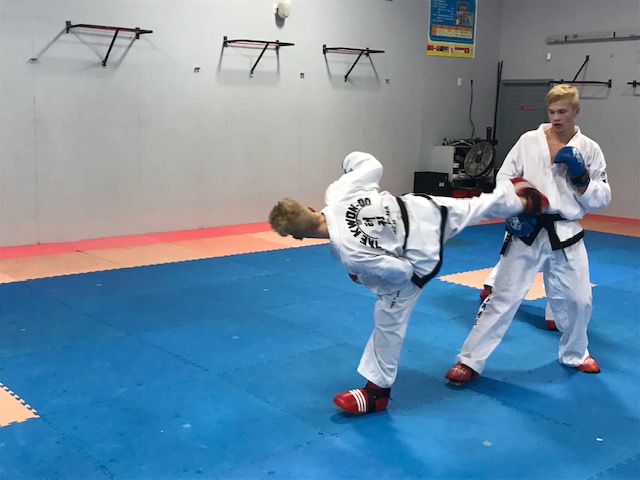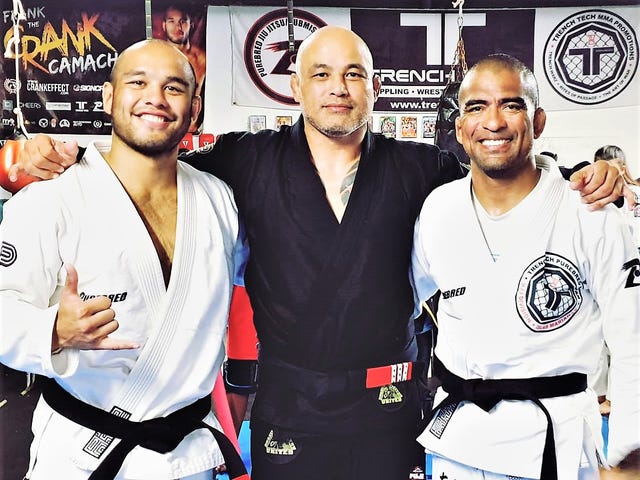Tradition of Martial Arts

My career in the martial arts started in 1964 with irony. I researched a martial art normally classified as “soft” judo, yet discovered that in application there was a great deal of “hard”. Judo offered the most difficult workout of any type of sport I had ever exercised including football.
I had extra sore muscles, more muscular tissue strains, as well as much more bruises in judo than in all my other sports incorporated. And also, in contest application, the concept of integrating power or using the various other person’s stamina against him was just about unnoticeable. It was battle, simple and easy.
Later I included the “hard” art of martial arts and the “soft” art of aiki-ju-jutsu to my arsenal. Linking them made me realize that at times karate can be soft and also aiki can be difficult. Teaching emphasis was one point, application one more. One’s personal interpretation of and also skill at the art additionally had an effect on the resulting “solidity” or “gentleness”.
The noticeable duality of difficult and soft was being co-opted and linked within me as a martial artist. Other major themes (lengthy vs. short range, straight vs. round activity, inner vs. external energy, standard vs. modern practices, and so on) seemed additionally to be in conflict as well as yet existed within one martial artist, one approach of guideline, one institution, one style, or one art– this was a mystery.

However I did not accept it as a real mystery considering that I believed that mystery is a statement of our very own limitations in understanding. Something can not be black and white at the same time, in the very same feeling, in the very same context. That they might appear to be paradoxical yet are in fact ironic. Obvious mysteries after that should be able to be dealt with.
F. Scott Fitzgerald when said that the greatest form of thought was to be able to hold two conflicting ideas at the same time. I do not concur. Contrasting suggestions produce inadequate understanding, indecision, inactiveness, thus poor achievements. However apparently conflicting ideas which are dealt with within the thinker– now that’s something else. Find out why it’s important for kids to learn martial arts by clicking here.
Absolutely mastery and also “high thought” are not accomplished merely by taking a couple of contrasting concepts, identifying how to resolve them to one’s very own complete satisfaction, and afterwards advertising oneself to twelfth dan (conventional ranks increase to just tenth dan which are very uncommon and are typically awarded to extremely experienced, very elderly, and also usually extremely wise experts of the fighting styles). Rather, mastery of any subject, particularly those like the fighting styles which are filled with perfectionism, commitment, true believers, integrity, and plethoras of methods as well as focus– mastery of these arts means that the paradoxes as well as evident mysteries of that research study have to be comprehended and settled.
Martial arts and Aiki each present us with a philosophical “mystery” when applying them in protection. Martial arts states “Do not battle till pushed to the limit. When there is no other selection, after that battle full-out, to the death if necessary.” Aiki claims, “Integrate with your challenger and also try to discourage his aggression or, if essential, regulate it via making use of his own overextended equilibrium and toughness.”
If pushed to the limit Martial arts resists while Aiki accepts and also reroutes. And also yet a technological direction in each art seems to contradict the philosophical route each prefers. Karate firmly insists that the very first activity ought to always be defensive. Aiki recommends that a person can capture a challenger more not aware as well as off-balanced if one “strikes the strike”. Yet Martial arts is usually seen as a hostile art; Aiki is viewed as a defensive art.
Of the perceived philosophical choices between Aiki and Karate, I have a tendency to choose the extra calm Aiki course. But I realize that (a) a single perception may not properly represent the art all at once and also (b) even if it did, often a person is given no choice but to defend himself and also stand up to! Aiki’s calm “redirection viewpoint” suggests really little morally if one does not have the cannon of karate “fight to the finish philosophy” in one’s collection. You do pass by a calm consistency if that is your only choice!

